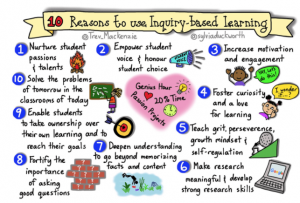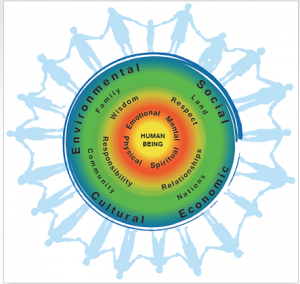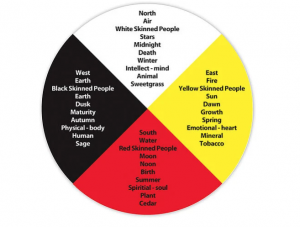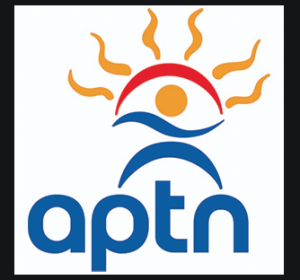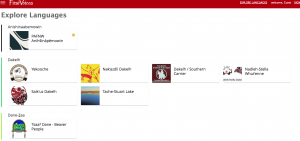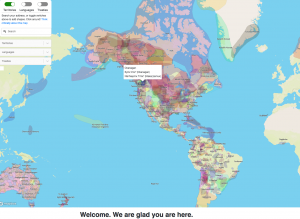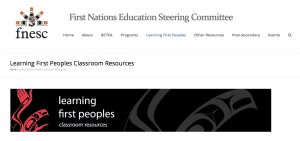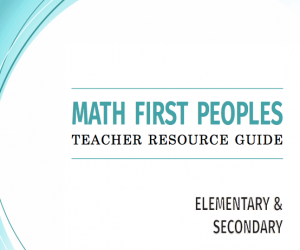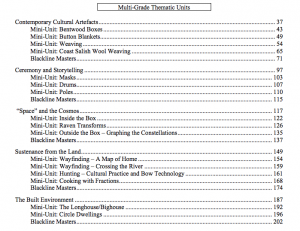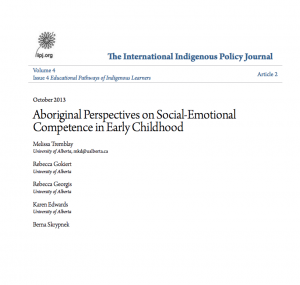What Matters in Indigenous Education
This resource addresses both the Indigenous holistic approach to learning and how to make a classroom environment welcoming for students, where all voices are recognized as integral to the construction of activity knowledge. Dr. Pamela Toulouse explores how classrooms can be turned into quality learning environments for Indigenous students where authentic learning can take place. She also addresses issues that are preventing Indigenous students and families from learning and gives suggestions of how to create a culture of respect and acceptance. I feel that this resource culminates some major themes of my research; the holistic and emotional competency as well as helping teachers create inviting learning environments.

